|
After the driest first half of winter on record, the rains finally arrived last week. The creek at the bottom of the hill was transformed overnight. One day we were able to step easily across on exposed stones, the next day the stones were completely submerged, the sandy beach engulfed, and the reluctant naturalist delighted by the sheer force and magic of it all.
0 Comments
 In October, after double digging the garden beds, Lorenzo and I planted a cover crop mix of Bell Beans, Oats, Vetch and Field Peas. We found it to be a most satisfying planting, as the seeds are relatively large, easy to spread, and quick to germinate. Within a couple of weeks, a lush green sea covered the bare beds we had prepared and assured us that, in spite of years of benign neglect, the soil in our garden is alive and well. Lorenzo is not always pleased at the idea of making changes, so I wasn't sure how he'd respond when it came time to cut all the beautiful cover crops down and chop them into the soil. As it turned out, when the day arrived, he happily picked up a weed whacker and went to work. 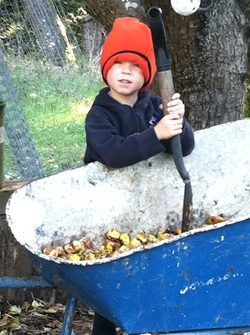 I remember how annoying I used to find it, as a child, when I would complain about being cold (we often lived under the redwoods, where things never really dried out or warmed up in the winter) and my mother would say, in an unnecessarily cheerful voice, "There's plenty of work to be done that will keep you warm." As is so often the case in my current life, I find myself adopting the same absurdly cheerful voice as I suggest to Lorenzo that if he is truly cold, there is always work to be done that will warm him. I recognize the look on his face from my own at his age. I hope that someday he will recognize my voice in his as he says the same thing to his children, should he have any, simply because, as annoying as it is to be told as much when you are five, it is true -- there is always work to be done that will keep you warm, and doing so is part of an elegant natural cycle. This year, we discovered an exciting source of warmth -- collecting fallen apples, chopping them into bits and shoveling them into the compost pile. Running around under the trees gathering the apples is the warm up. It's surprising how much moving and stretching is required, especially since our apple trees are not on flat ground. It also includes the fun of observing the varying states of decay, and trying to guess which type of animal left the bite marks in the apples. Sometimes we park the wheelbarrow in a central location and become super star basketball players, tossing the apples in from wherever we find them -- a feat made more challenging by their tendency to bounce back out, and the fact that the dog, Trudy, loves apples and will grab them as they bounce and run them off even further away -- but usually we place a few 5 gallon plastic nursery containers around, fill them and carry them to be dumped in the wheelbarrow. Then the real workout begins. Once the wheelbarrow has a few layers of apples in it, we each grab a flat head shovel and begin chopping. The air is cold, but soon we are removing our hats and jackets. The smell of the apples permeates the whole field, and soon we can hear the turkeys down in the woods, clicking and chirping to each other as they try to locate the source of this manna. Lorenzo, who is often reluctant to get to work, quickly becomes absorbed, and is soon pretending to be a machine that chops apples. Occasionally, after doing it for awhile, I find myself fantasizing about having a machine that would do this job, but upon reflection recognize that eliminating this work would eliminate this time spent together in the garden, laughing and talking and just quietly working side by side. Once they are chopped, we roll the wheelbarrow over to the compost pile, which we constructed a few days before out of free pallets we collected in town, and layer them with chicken manure and dry leaves and straw. A few days later, the interior of the pile is too hot to comfortably put a hand into. By spring, it will be gold for the garden. For now, it is gold for our spirits, which soar with the knowledge that we can do this thing, this making what we need without even leaving our land. 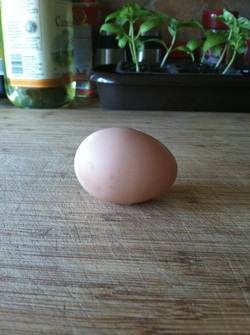 12 day old chicks, one four year old boy, five months of care and attention = the golden egg. In the capitalist view of life, this egg (were it not followed by a multitude of others) cost several hundred dollars. I admit, this did give me pause, the bottom line dollar amount associated with this first egg from our first flock here at The Apple House -- but then I watched my four year old son pick it up as though it were the most precious and delicate thing to ever grace our lives. There is no monetary value that could ever be applied to that moment, the awakening of that sense of wonder and connection. I was pleasantly surprised, as I started to mark off the garden beds in the newly fenced meadow, to have Lorenzo aban follow me around asking about what I was doing and why. When I got the wheelbarrow, his interest increased, and when I began to plunge the shovel into the soil, he immediately asked for his shovel. Side by side in the beds, acting as backhoes, we dug out the first trench and dumped the soil into "the dump truck." Then we were drilling rigs, fracturing the soil at the bottom of the trench, followed by bulldozers, pushing the next section of soil into the trench. When we finished the last bed, Lorenzo exclaimed, "That was fun, can we do some more?"
 It is possible that I have taken the idea of using what is at hand to do the work of homesteading too far. It started with my four year old son's desire to "do what you are doing." He held the clamshell shovel along with me and we raised it and pounded it into our blessedly forgiving soil, pulled the handles apart to capture the soil and lifted it off to the side to dump the load. He was fascinated by the motion of it, and by the way the hole grew so quickly from a dent in the ground into a vertical tunnel. When he couldn't see the bottom clearly any more, he looked up at me, genuinely awestruck, and said with quiet reverence, "Can I get in there?" We are digging the post holes for the garden fence. Twenty two of them. And as my son sticks his feet into the first hole and slides in, standing on the bottom, only his arms and head above ground, I suddenly exclaim, “Hey, we could use you to measure the depth of the holes!” To be of use, to be, as he says, “inside the earth,” these are things that excite him and make his eyes open wide with disbelief at his good fortune. He climbs out of the hole and I use the tape measure to determine that the vertical line that describes his chest, at armpit level, is exactly two feet from the bottoms of his feet. We move more quickly now, the urgency of his desire to get inside the earth again giving us the energy to pound the shovel into the ground over and over again, pulling out first rich dark soil, then a golden clay. We discover, to my great relief, that shortly after hitting clay, we are at the right depth to set the posts and we confirm this by lowering him into the hole until his armpits rest on the edge. He wants not only to feel its depth, but the squeeze of the earth around him, how cool it is down there, and to examine the surface of the earth from this unusual perspective just inches from it, yet standing upright. With even the most typically developing child, moments like this can feel like gifts to a parent. For me, they feel like miracles. Until he was over 3 years old, my son found the sensation of dirt on his skin so unpleasant, he completely avoided it. Not just dirt, but anything with the slightest potential to feel uncomfortable or unfamiliar, and not just tactile experiences, but sounds, visual stimuli, even the feeling of his own internal bodily functions caused him enormous stress. He came into the world quickly, and seemed poised to leave it just as quickly when he aspirated on his own spit up a few hours after we finally laid eyes upon him. I don’t expect to ever know what came first -- the sensitivity to sensation causing the aspiration, or the aspiration and all that followed in an effort to save his life causing the sensitivity to sensation, a bit of both, or something else entirely -- but I do know that the first few years of his life were far from typical. The hidden jewel in that being that even a seemingly simple act like choosing to climb into a hole in the ground and get dirty leaves my heart so full of happiness and hope that it cannot be contained inside my body, and my tears become the first drops of irrigation in our garden. |
Apple House Blog
In the winter of 2009 we purchased 11 neglected acres in lower Bonny Doon. These are the stories of our unfolding lives as we attempt to create what we need, where we are. Archives
March 2014
Categories |
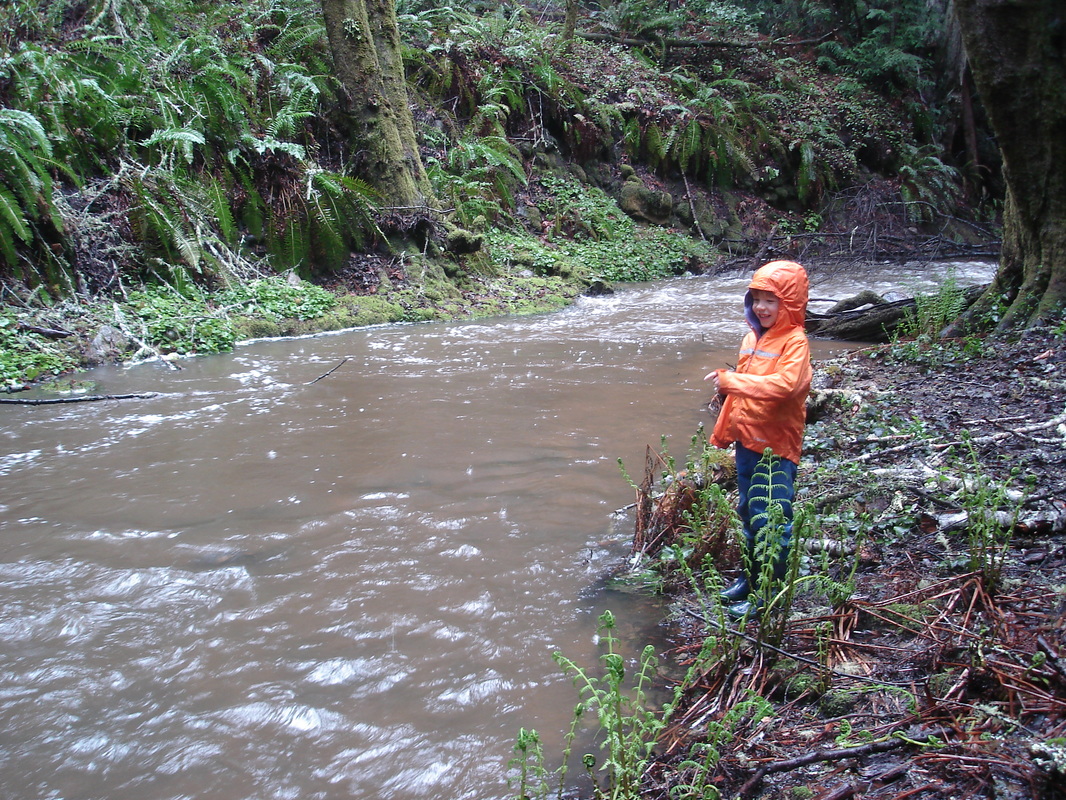
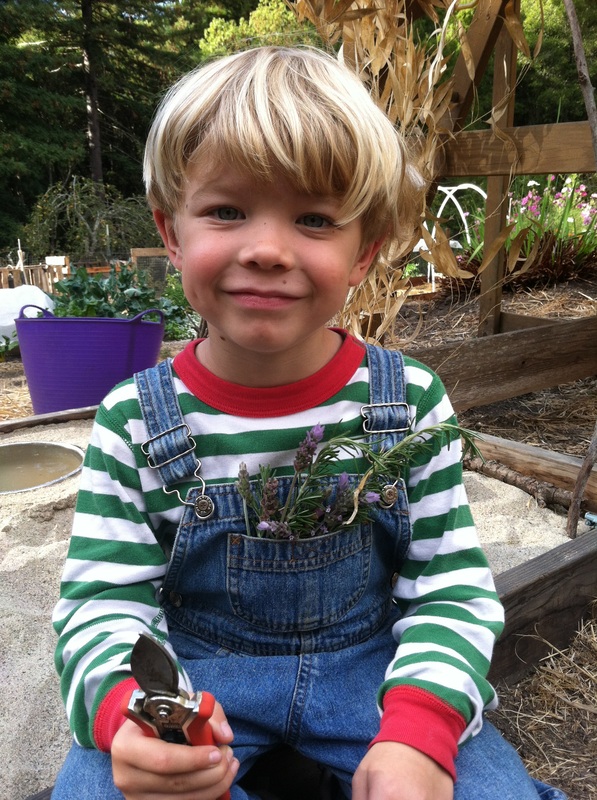
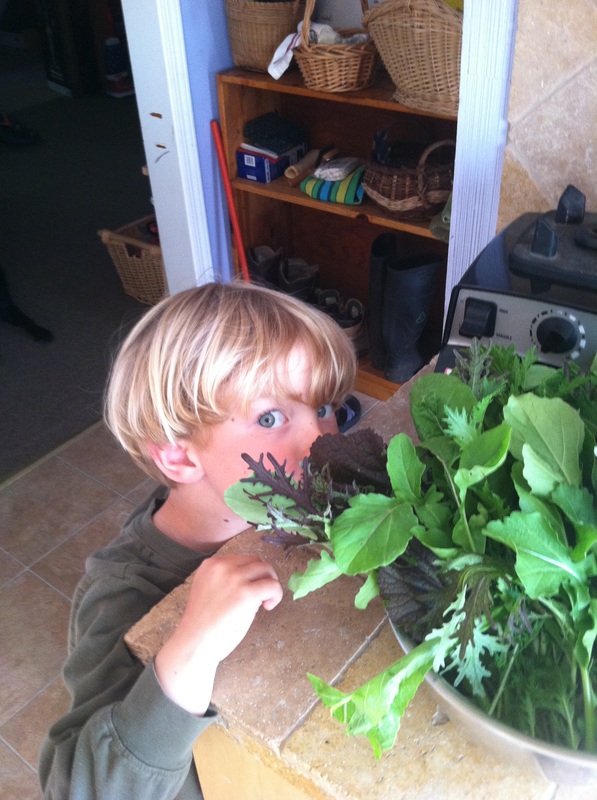
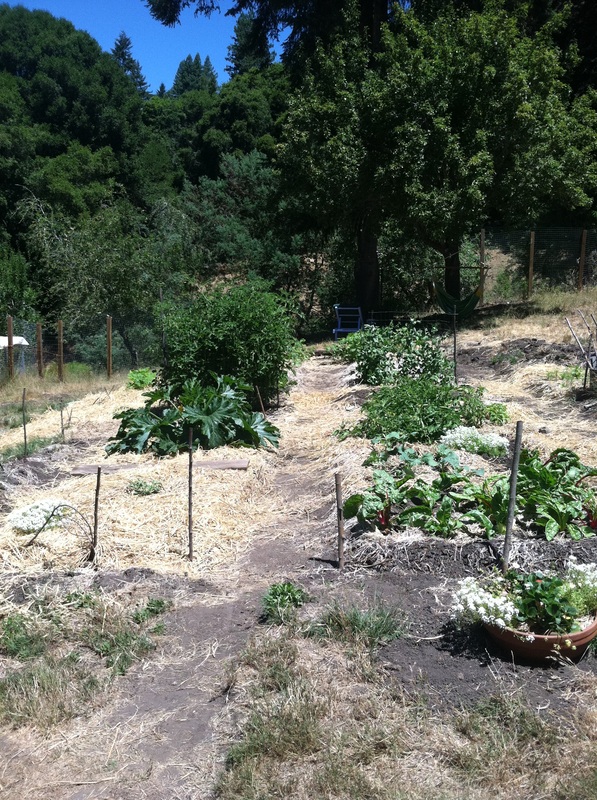
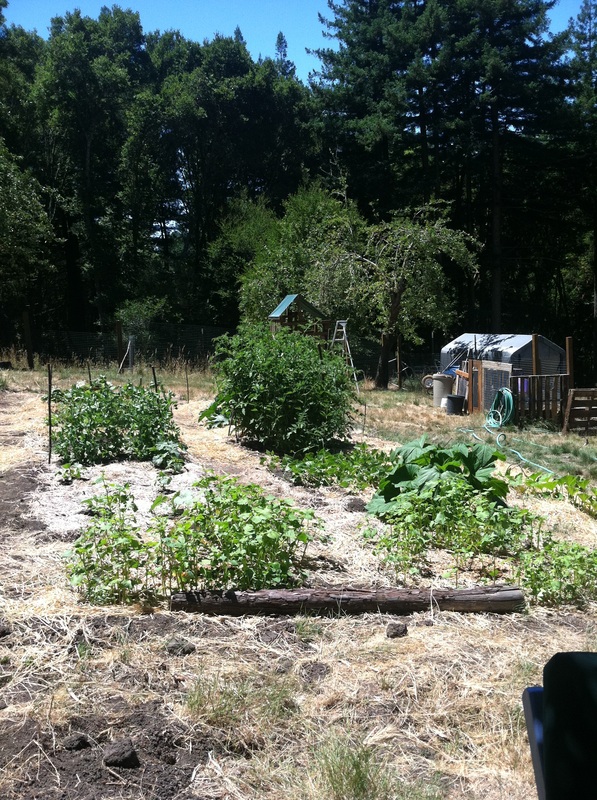
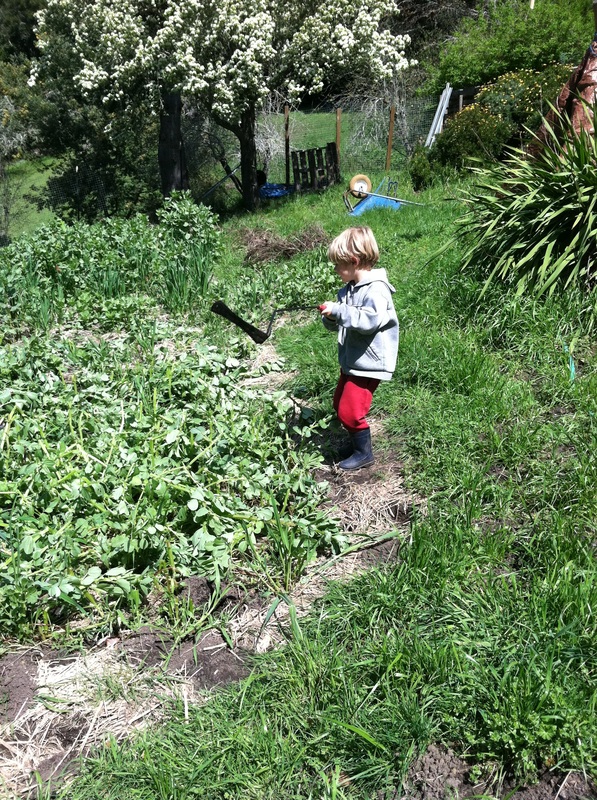

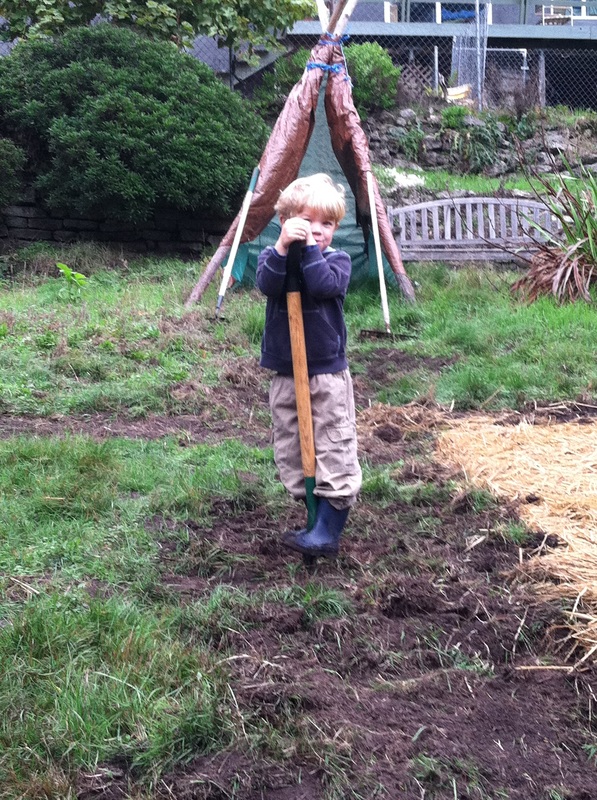

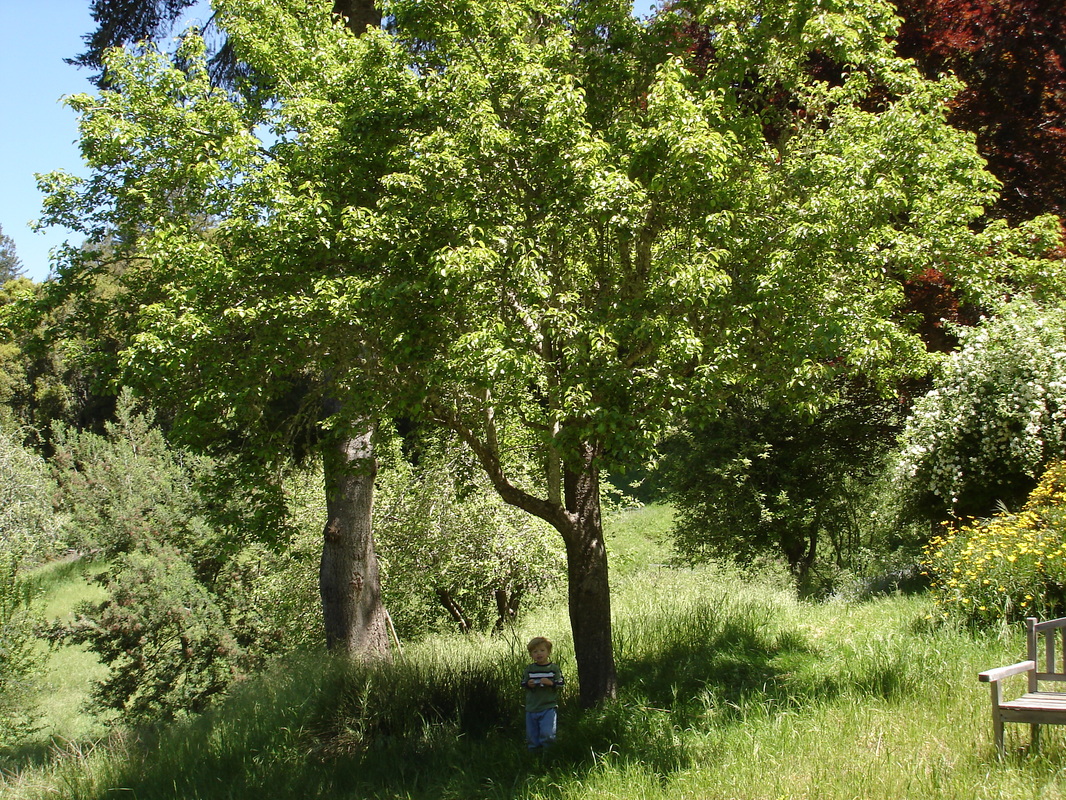
 RSS Feed
RSS Feed
